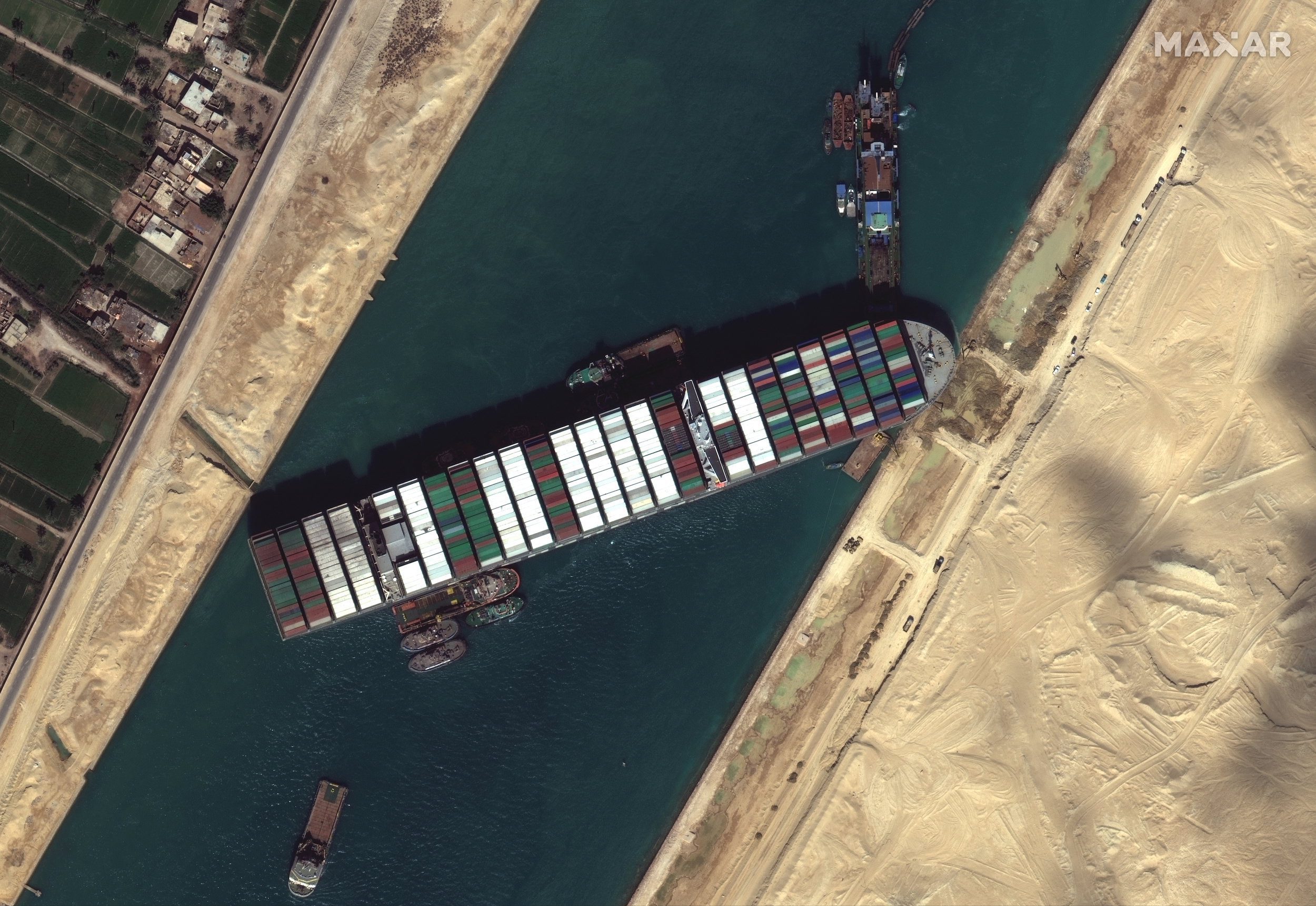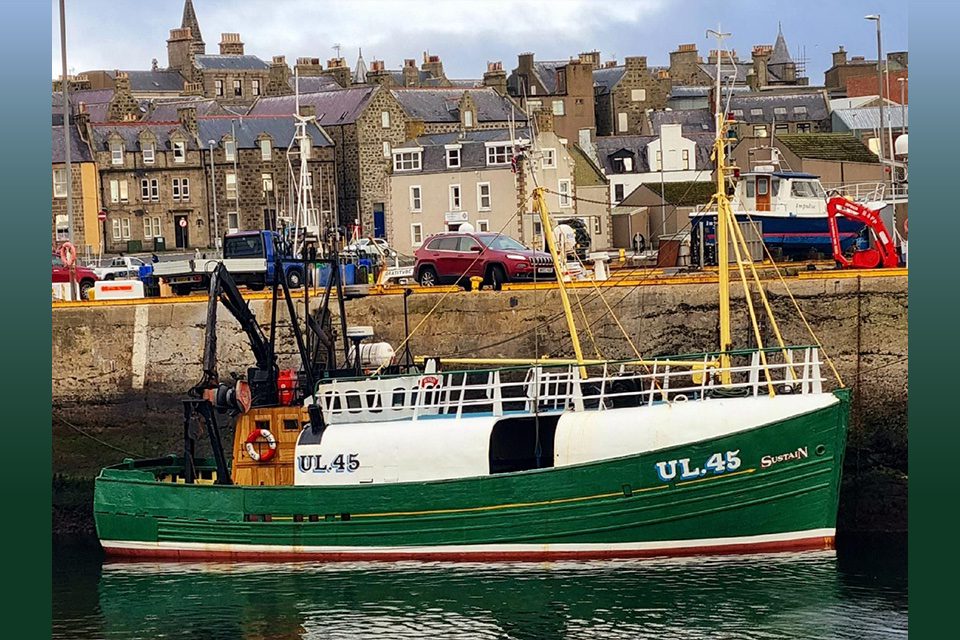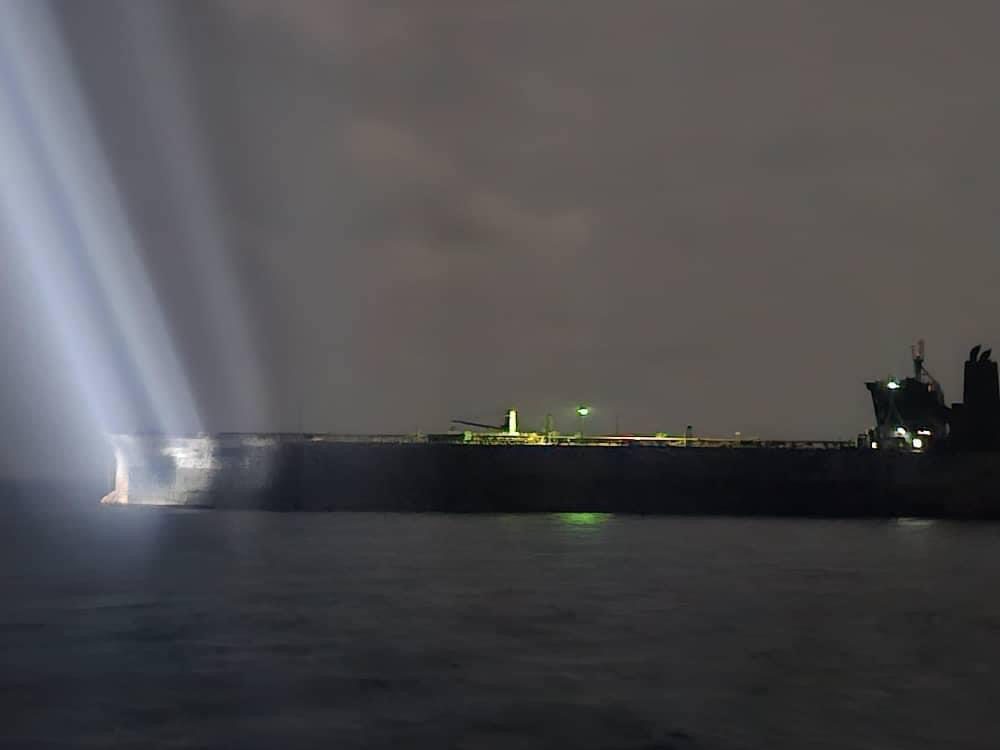By Charlie Bartlett (The Loadstar) –
A group of cargo owners are blaming Shoei Kisen Kaisha, the Japanese owner of Ever Given, for last March’s financially catastrophic grounding of the vessel in the Suez Canal.
In an unconventional turn for maritime incidents, it is the 20,388 teu ship’s owner and not crew members being assigned culpability in the most recent court case, brought by Adriaanse Import & Export, JDM Food Group, Rewe-Zentral, TFC Holland and insurers AIG and Allianz.
Following an Egyptian Meteorological Authority forecast of “winds of sand and dust… disrupt[ing] maritime navigation”, some reports from the canal on the morning of 23 March 2021 pointed to wind speeds in excess of 45 knots, the court heard.
Despite two vessels ahead of it, the Al Nasriyah and Cosco Galaxy, sailing accompanied by tugs, the Ever Given attempted to transit the canal with only two pilots on the bridge.
“You would normally stick a tug fore and aft to help the ship along,” master mariner Dennis Barber, fellow of the Royal Institute of Naval Architects, advised The Loadstar.
However, the vessel’s decision to tackle the canal in excess of the speed limit – which were in excess of the 12-knot limit, for 18 minutes of the voyage, the plaintiffs told the court.
This would have made using tugs difficult.
The vessel’s enormous size and length, coupled with the speed and hull wind surface area would have made steering nigh-impossible, said Mr Barber. “Such a long ship… takes a lot of swept area, because the pivot point when the ship turns isn’t in the middle, as people think. That pivot point moves around according to the speed of the ship and all sorts of other factors.”
The court heard that as the windswept ship veered from one direction to another, the Suez Canal Authority (SCA) lead pilot and helmsman attempted to compensate by steering and increasing speed.
According to a Bloomberg report in June last year, it was during this time that the two SCA pilots got into an argument: “They may have exchanged insults in Arabic”.
The report, which the SCA flatly denies, read: “The second pilot tried to cancel the [full ahead] order, and more angry words were exchanged. [Capt] Kanthavel intervened, and the lead pilot responded by threatening to leave the vessel, according to the court evidence.”
But in the meantime, because of its size, the vessel turned so ponderously that by the time it began to respond to one steering command, the helmsman had to begin the next. Snaking the canal at high speed, battered by winds, the vessel became essentially uncontrollable.
“So, they needed a lot of steering at the aft end, which they didn’t have room for, so the ship itself, apart from not responding to steering, would have continued to move across closer to the bank,” said Mr Barber.
This is when the bank effect came into play; an iteration of Bernoulli’s Principle, explained Mr Barber, the same effect as airflow over an aircraft wing, here though, it brought a differential in the pressure of water from one side of the hull to another, driving the vessel closer to the bank.
In the aftermath of the accident, the SCA demanded $1bn in fees and damages to release the Ever Given. An estimate from Lloyd’s List last year suggested that during the six days it blocked the canal, Ever Given cost world trade $9.6bn a day.
Previous cases against Ever Given laid the blame on the pilots, and crew. However, this latest case seems to characterise the incident in a different light, with the plaintiffs telling the court they believed the shipowners were “negligent”, “acting without reasonable care and skill… in breach of their duties”.
Historically, ship accidents are pinned on crews and captains, who can serve lengthy prison sentences. But Mr Barber, a veteran of many accident investigations, emphasised that there were almost always other factors at play.
“It certainly doesn’t stop at the master,” he said. “There is no such thing as a non-human accident, but the person who designed the ship was a human.
“Even the shipowner, really… is not the ultimate decider. The one who is hiring him is the one putting the pressure on, and then he will be putting the pressure on the crew. And so it goes, down the chain. Too many things stop at the master, and the poor master gets the gun held to their head, which is totally unfair. Yes, he made mistakes, but most likely the decision that was taken was influenced by something else.”
The Loadstar is known at the highest levels of logistics and supply chain management as one of the best sources of influential analysis and commentary.

 Join The Club
Join The Club











